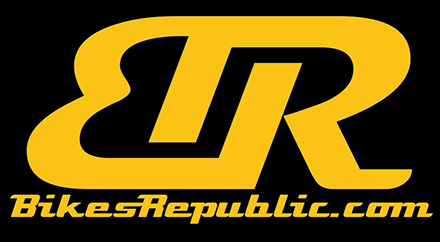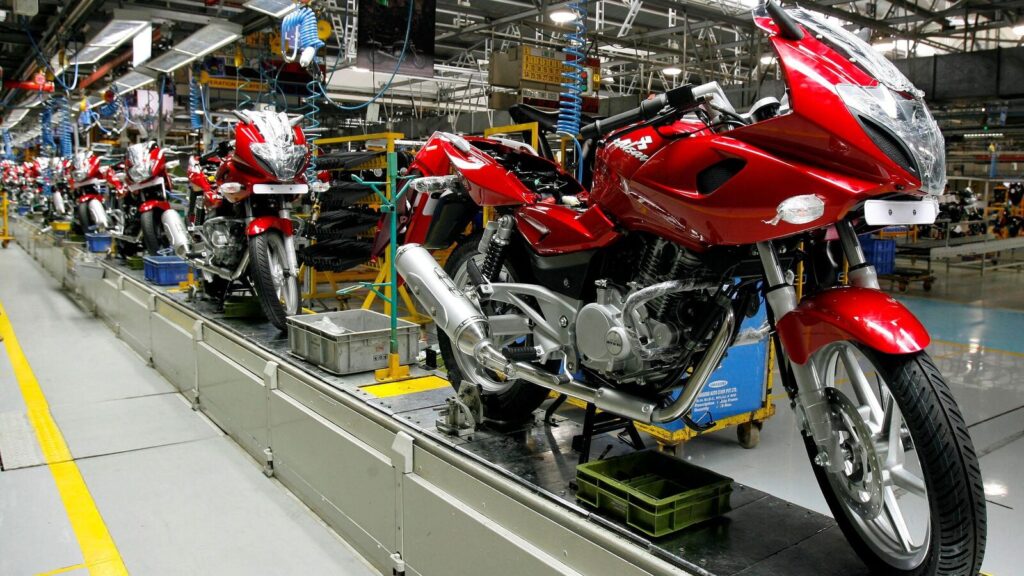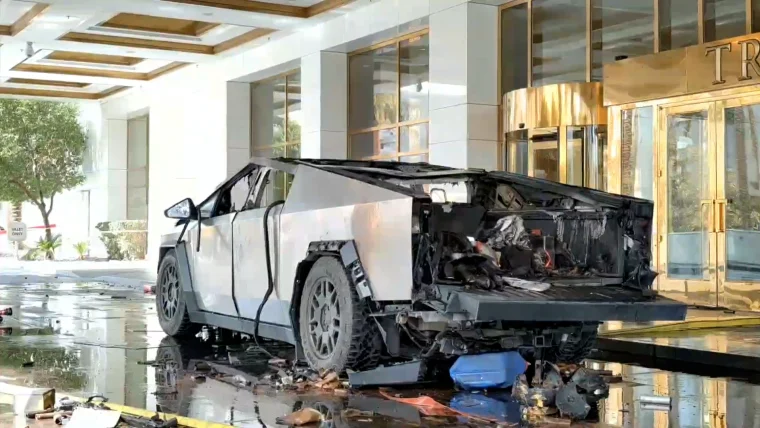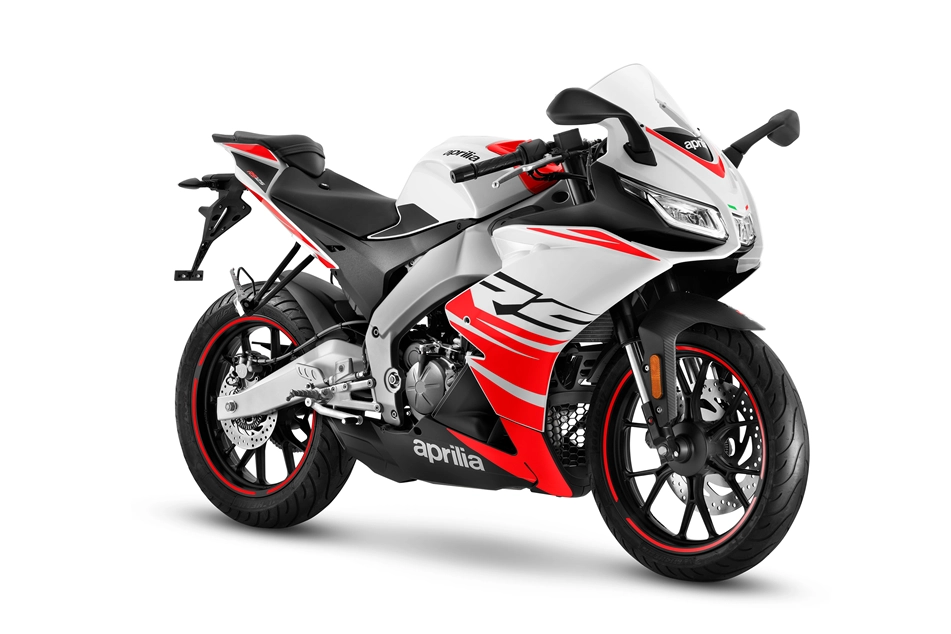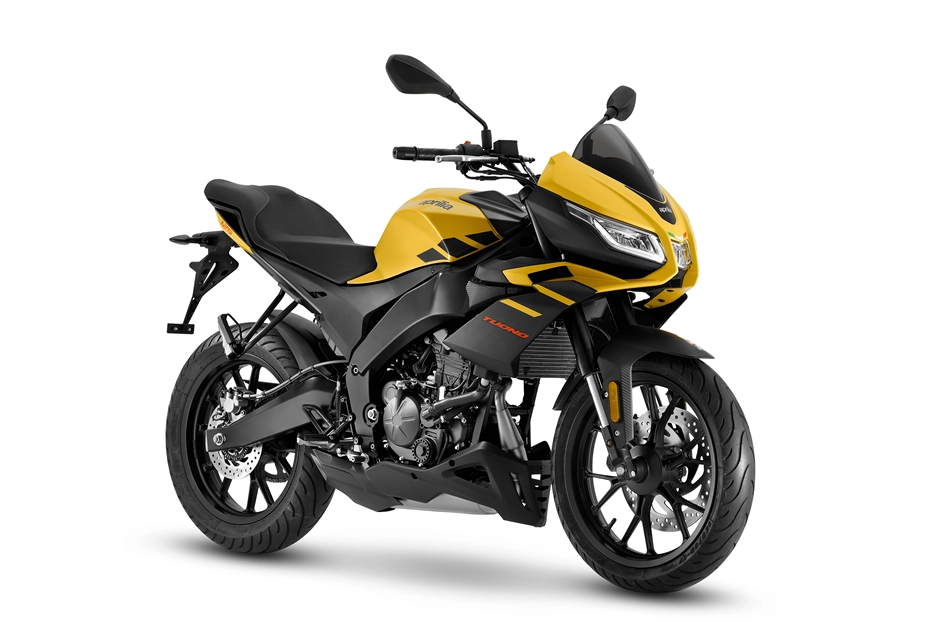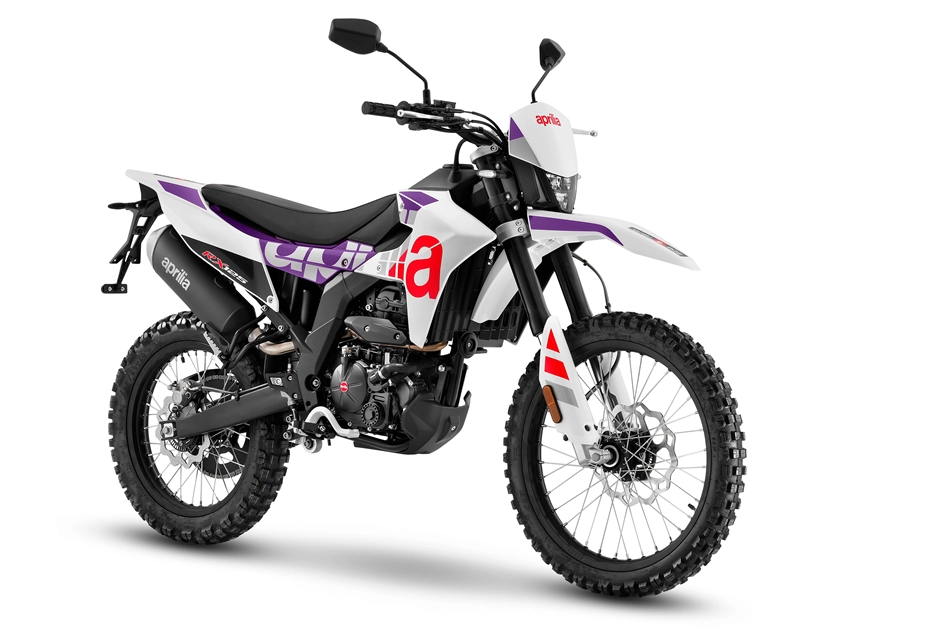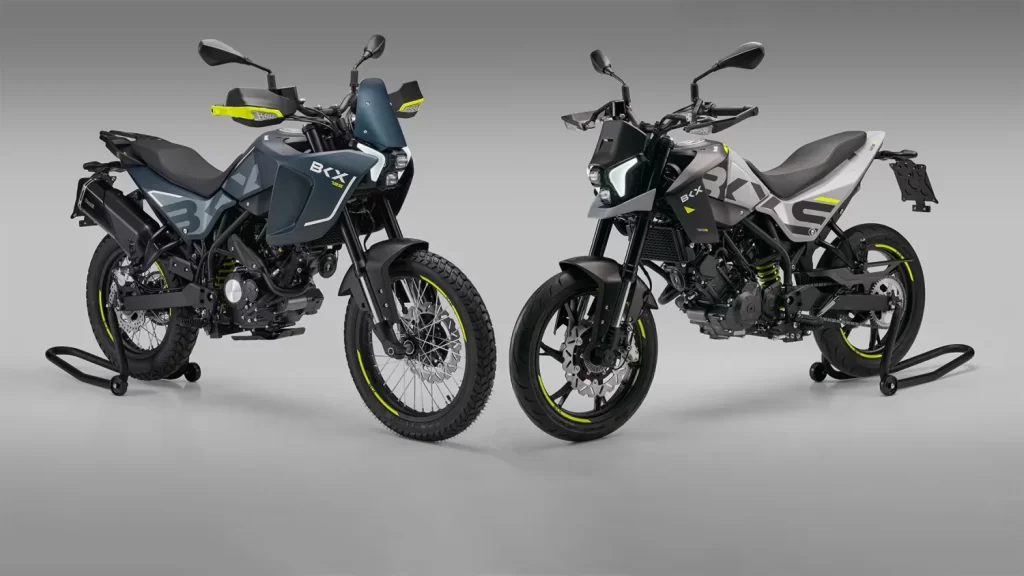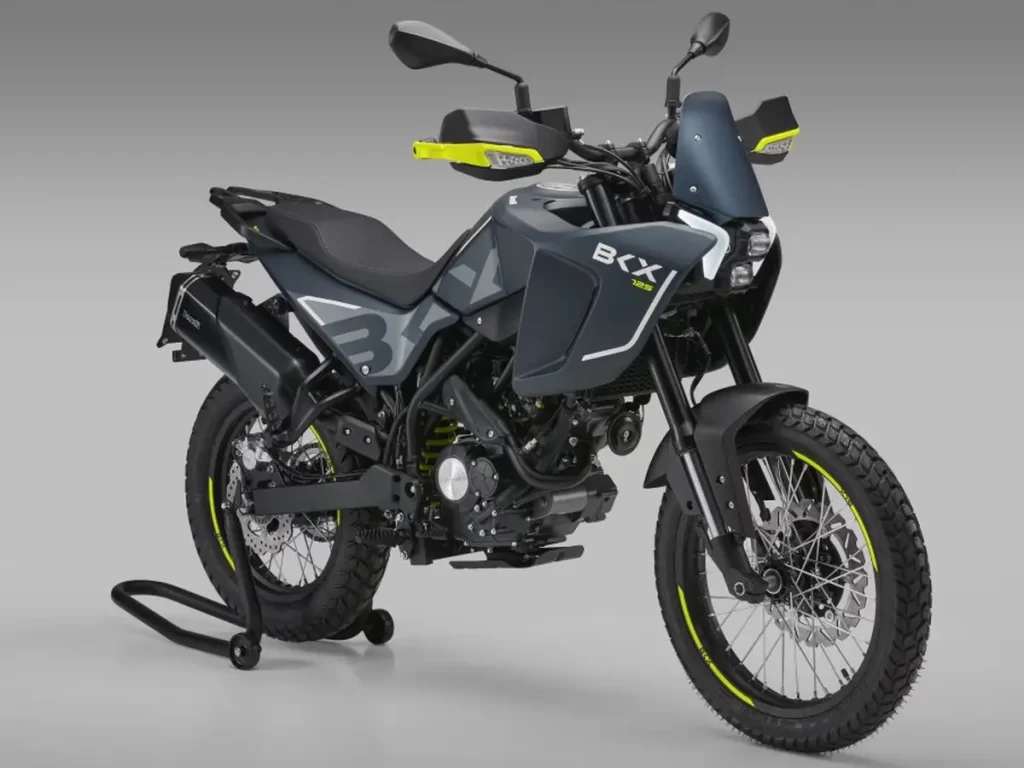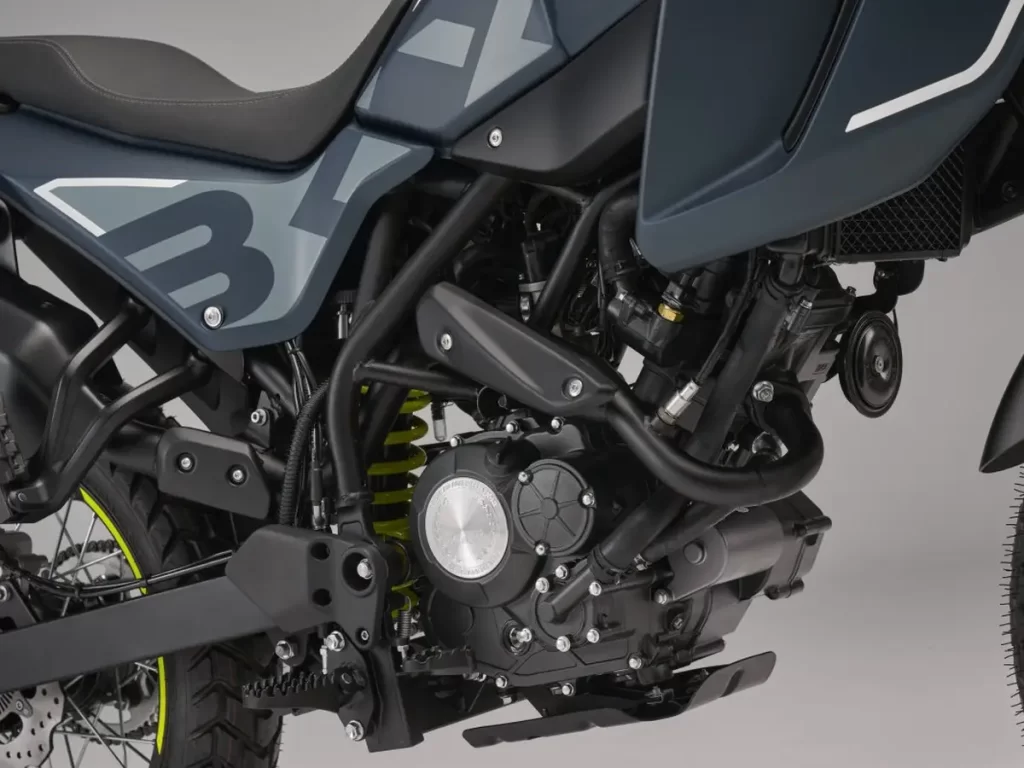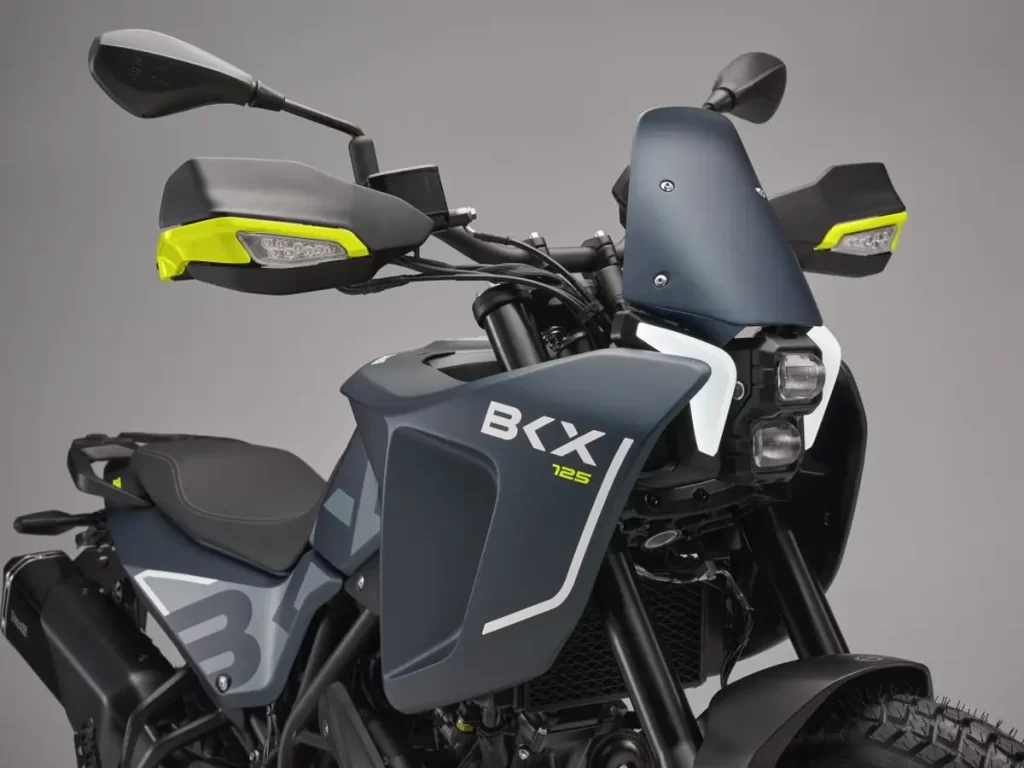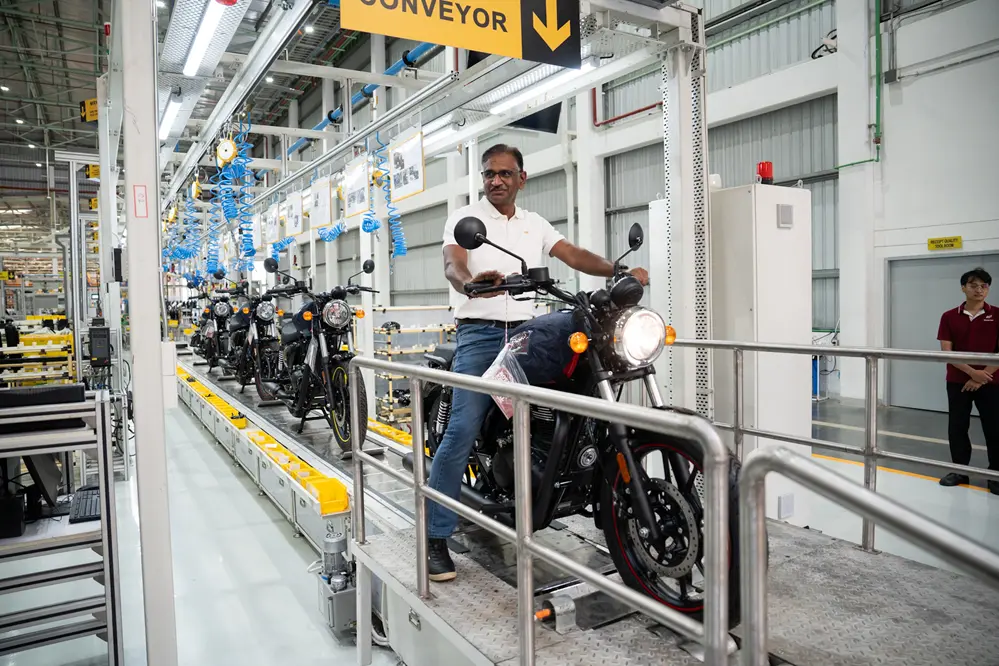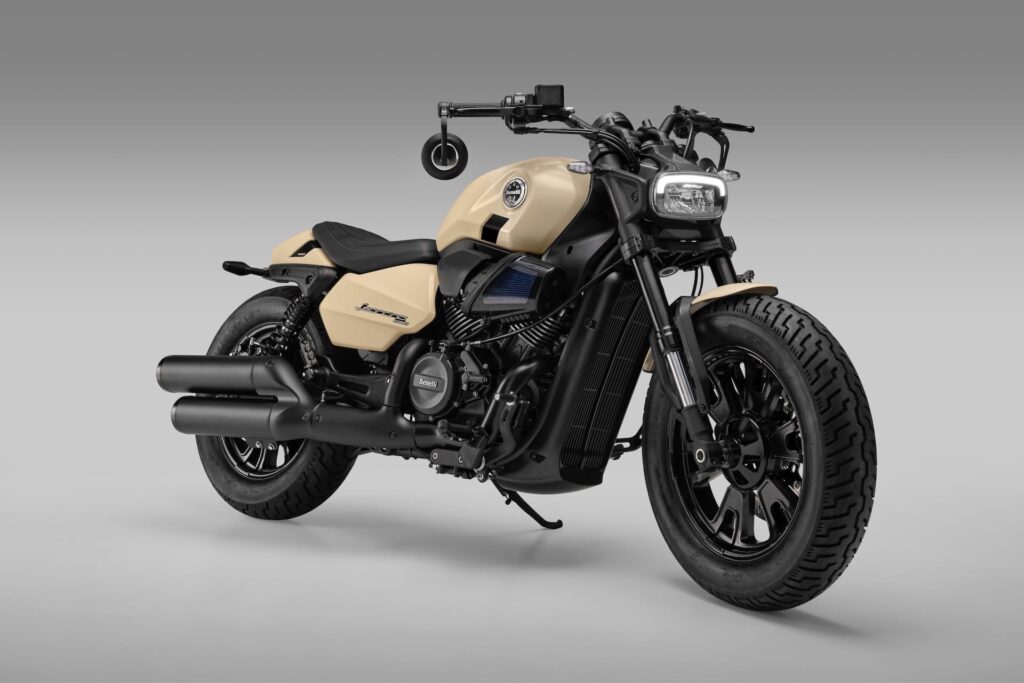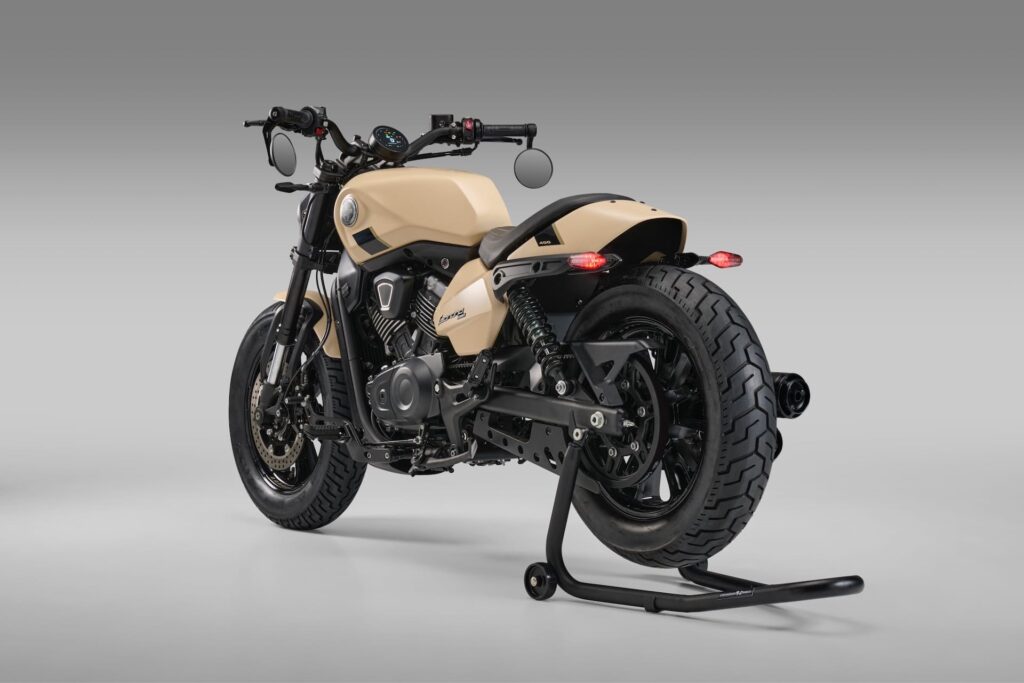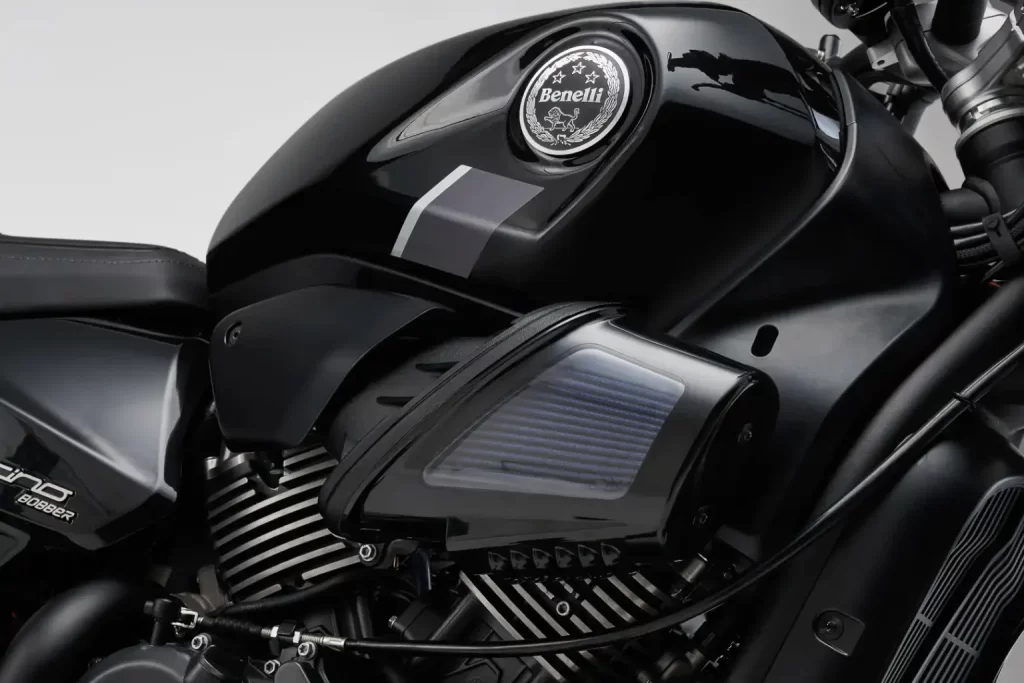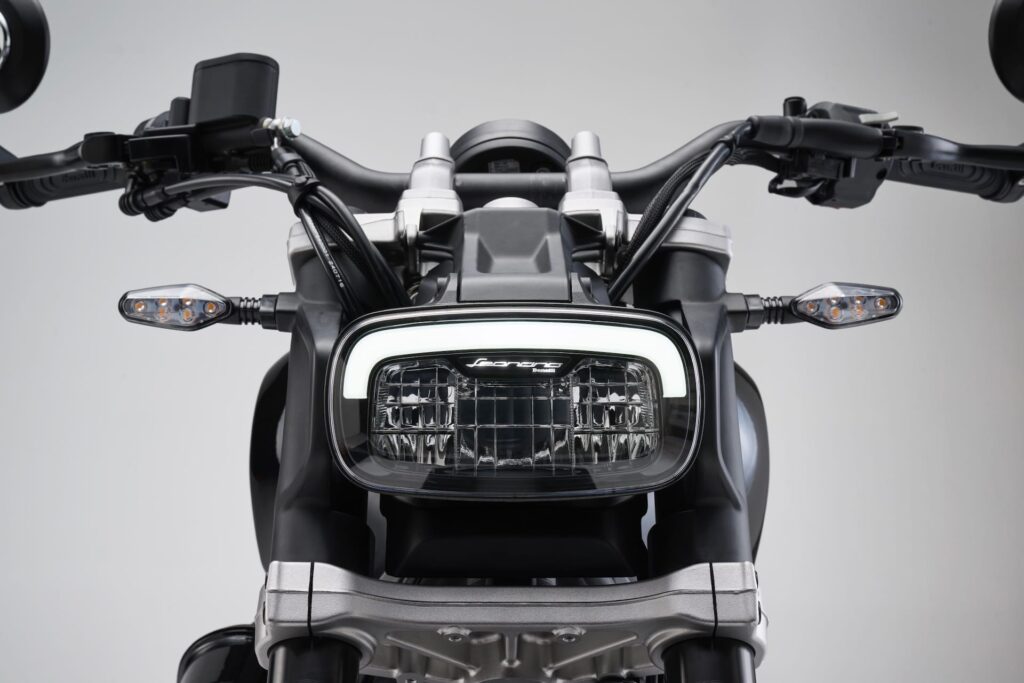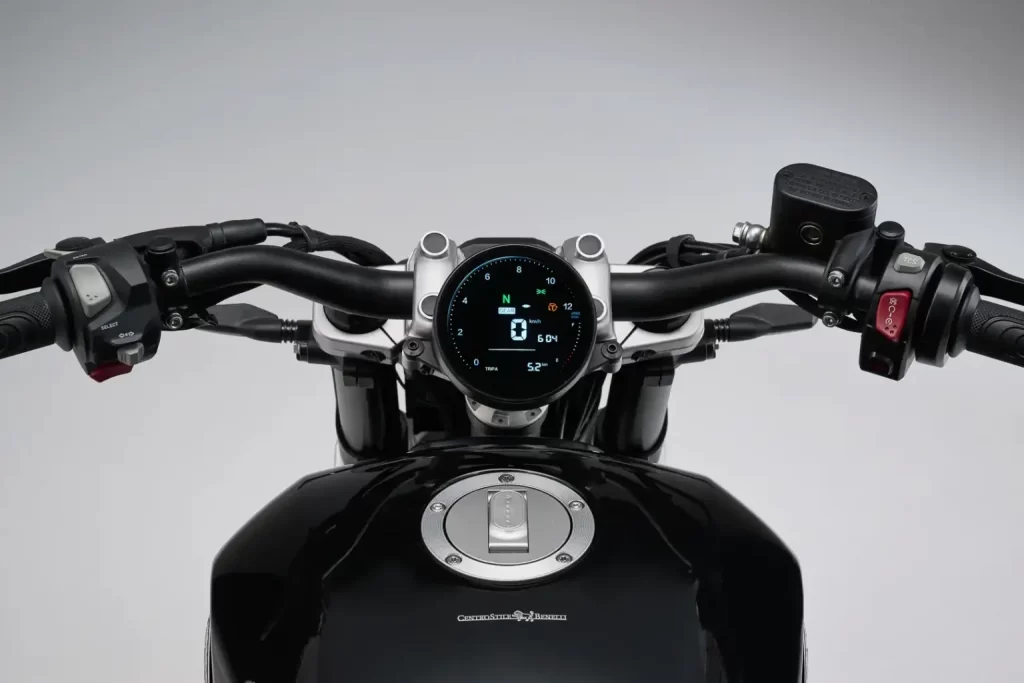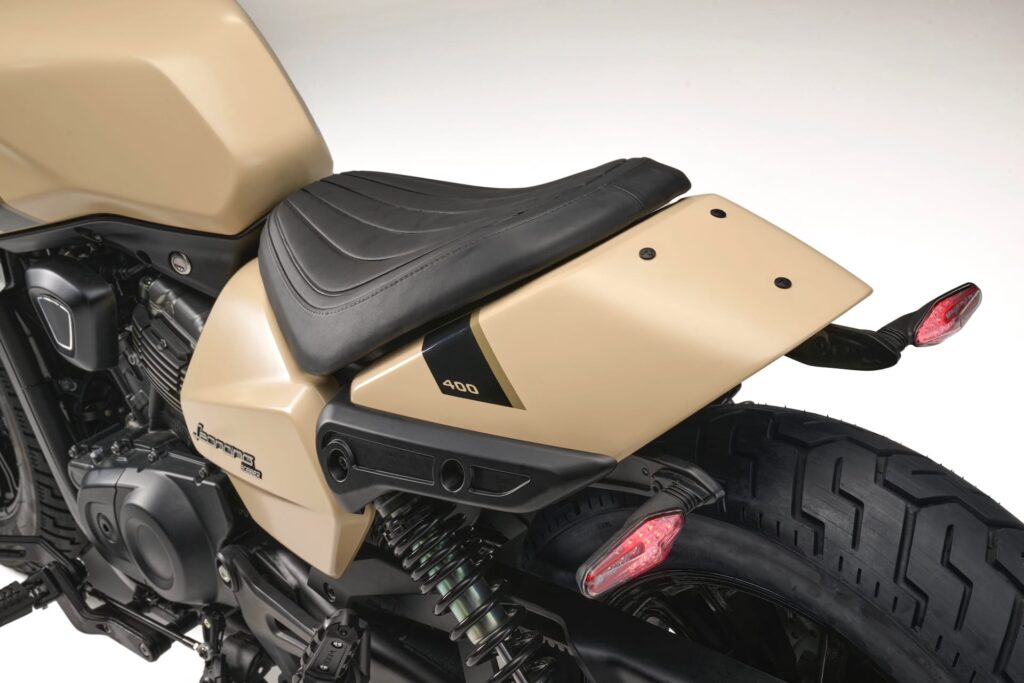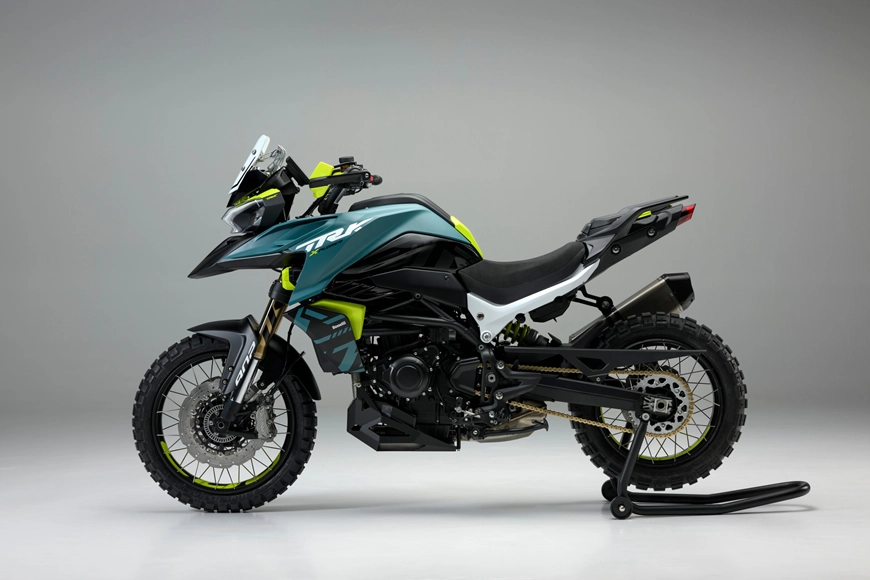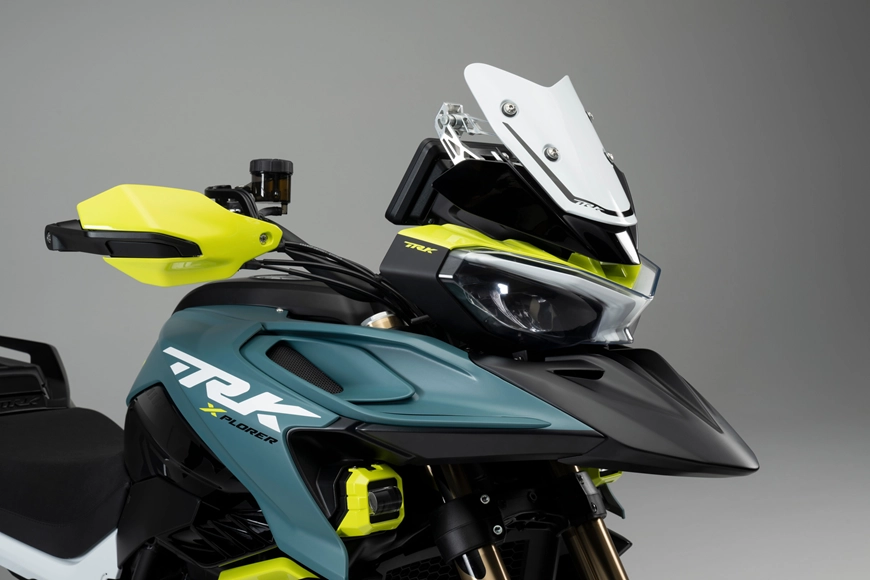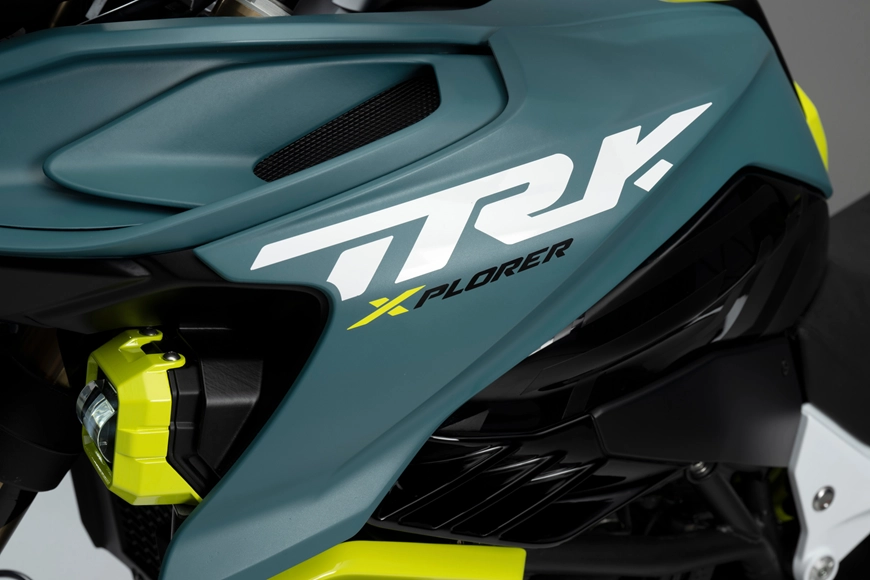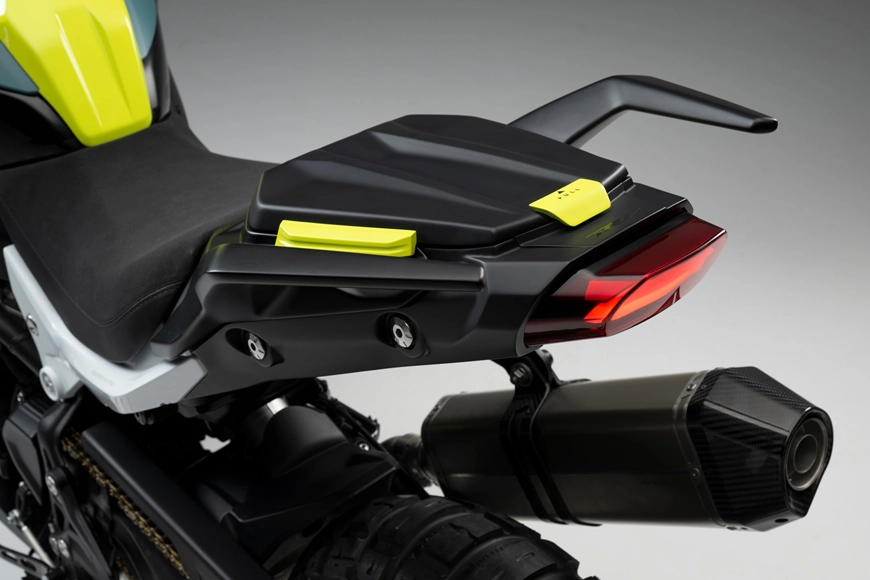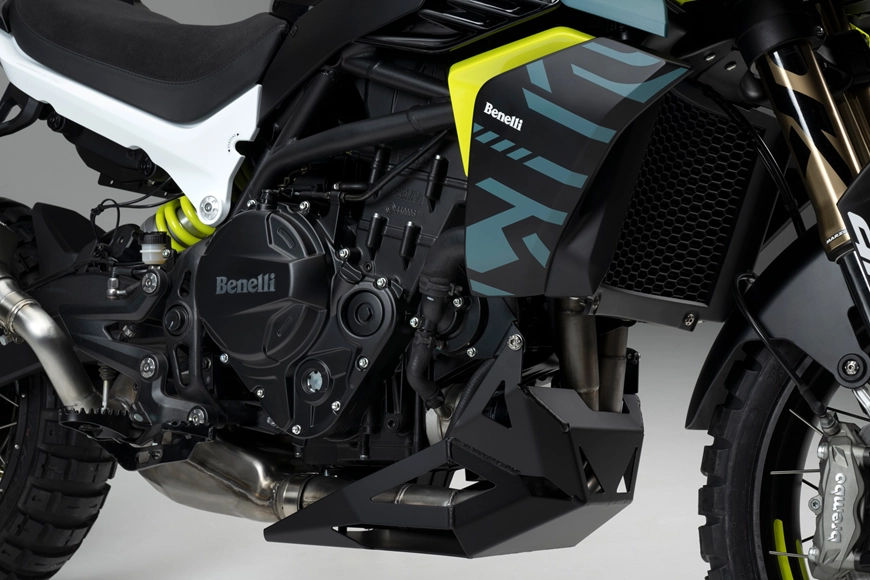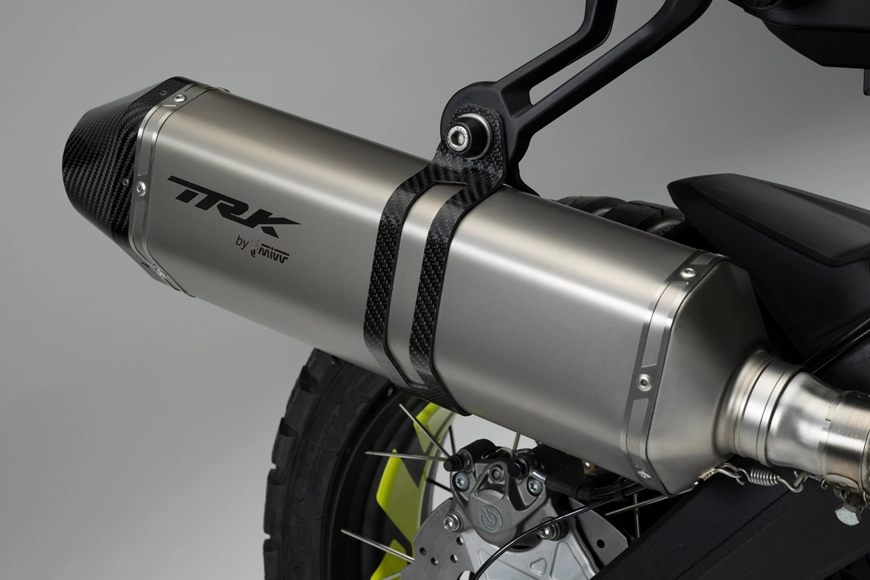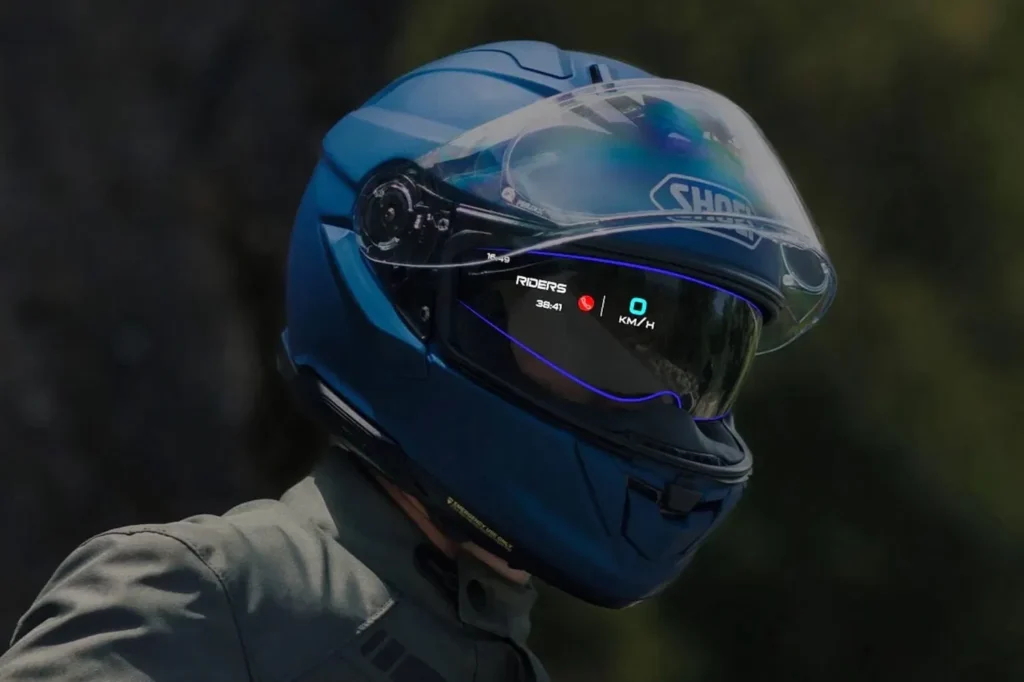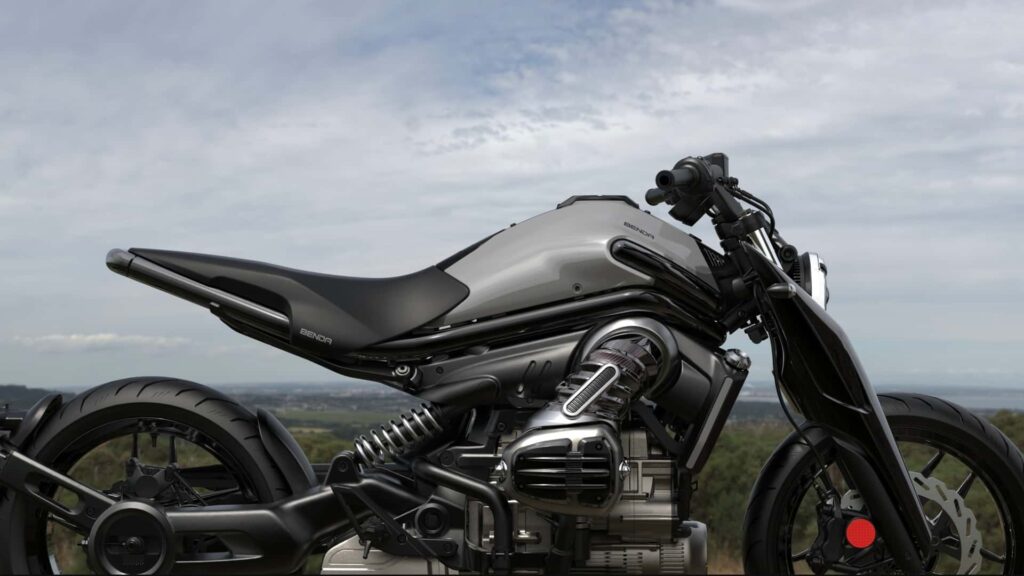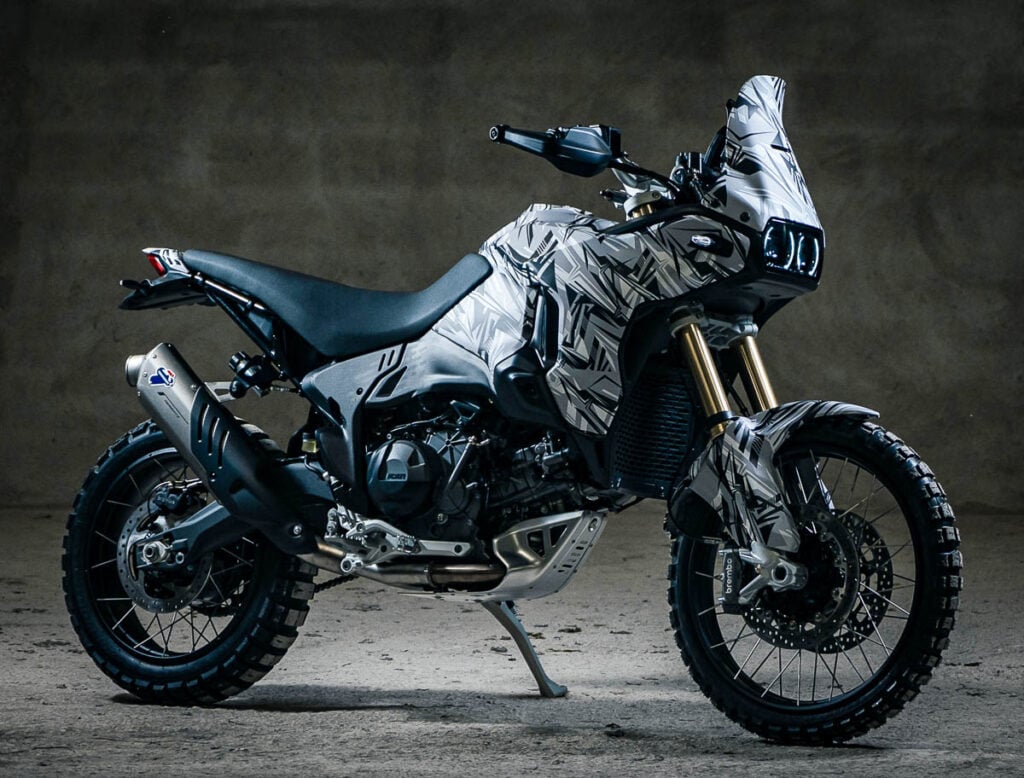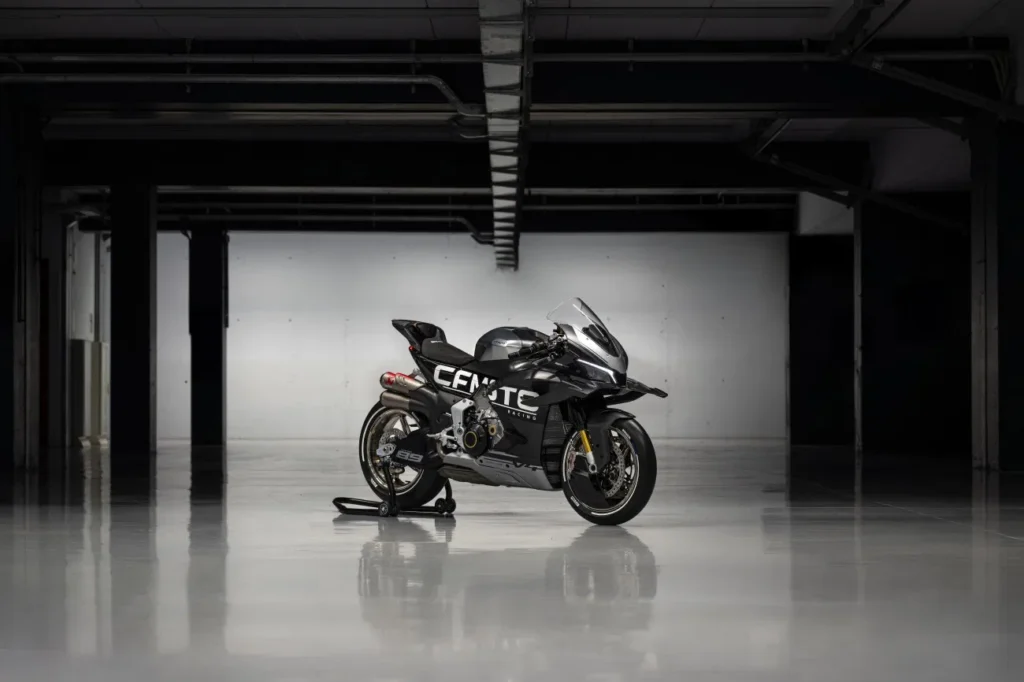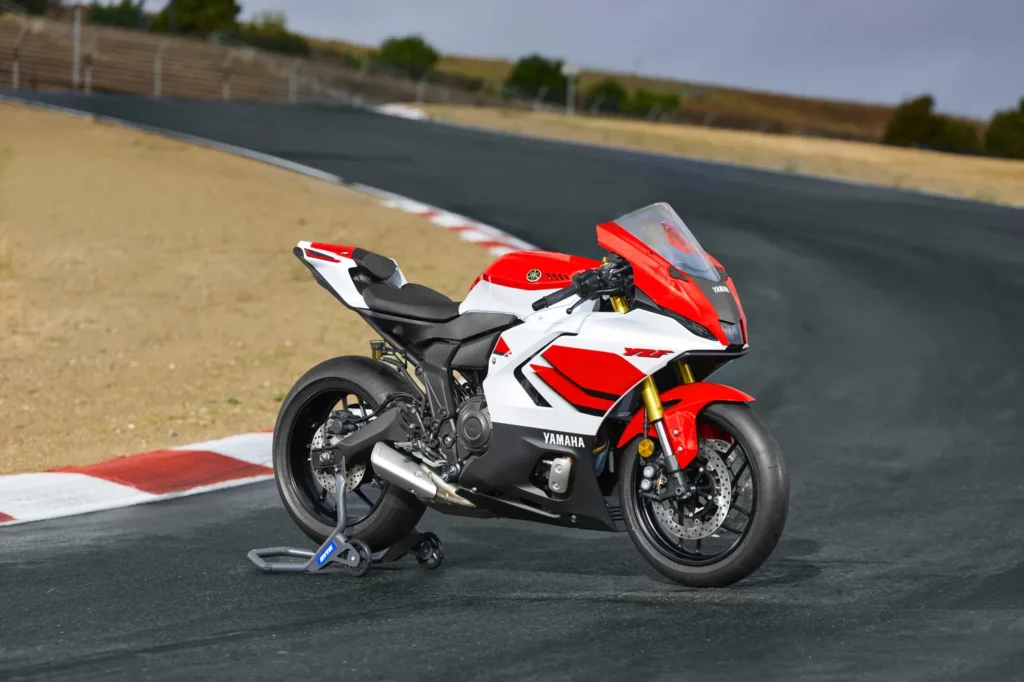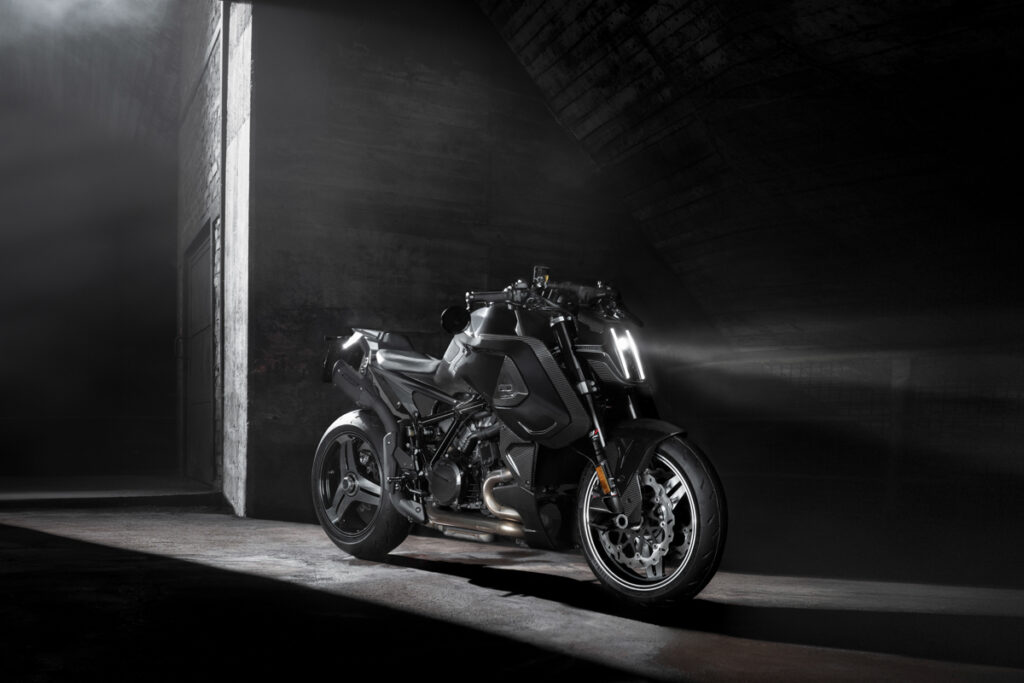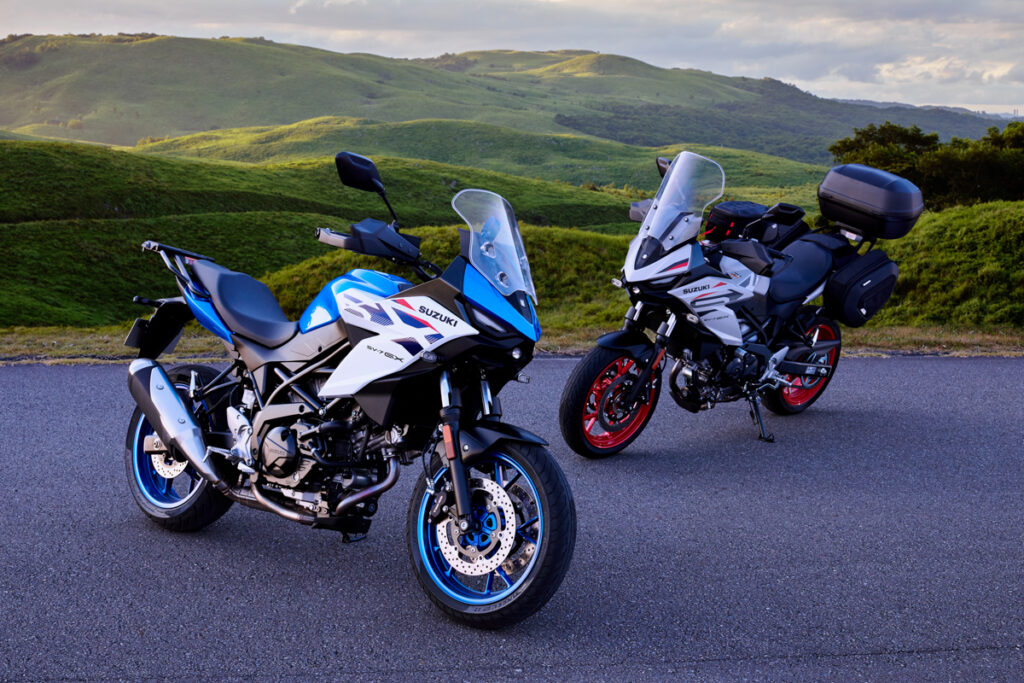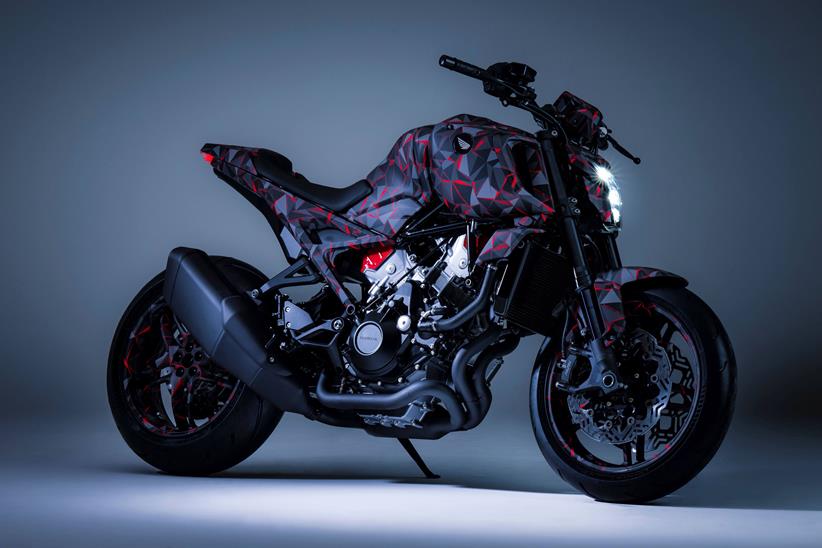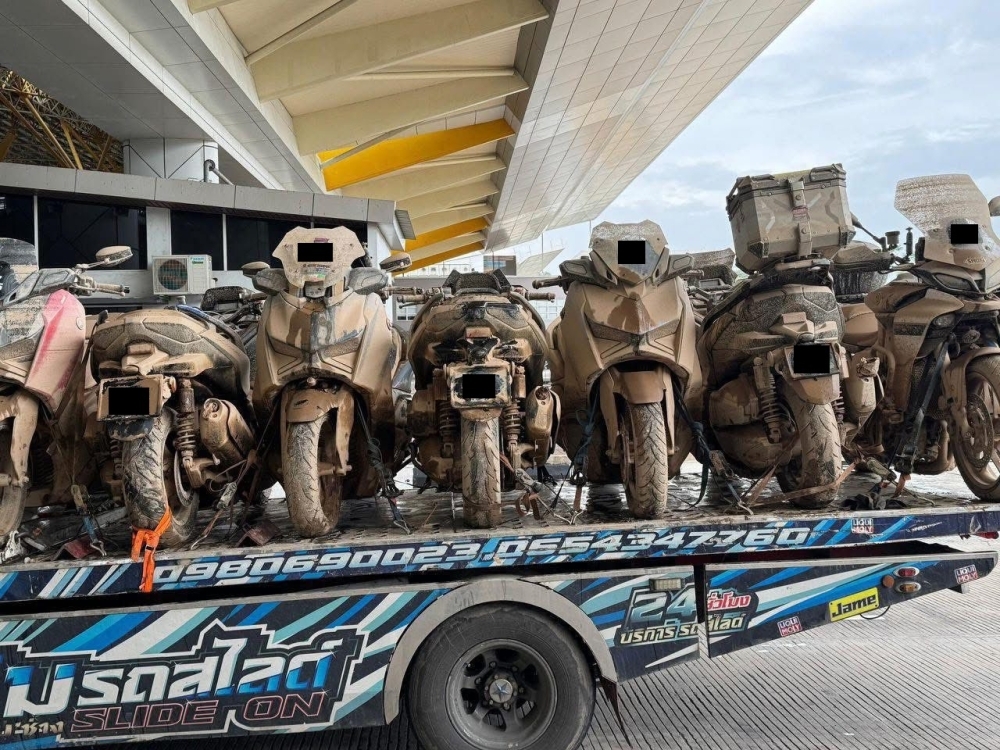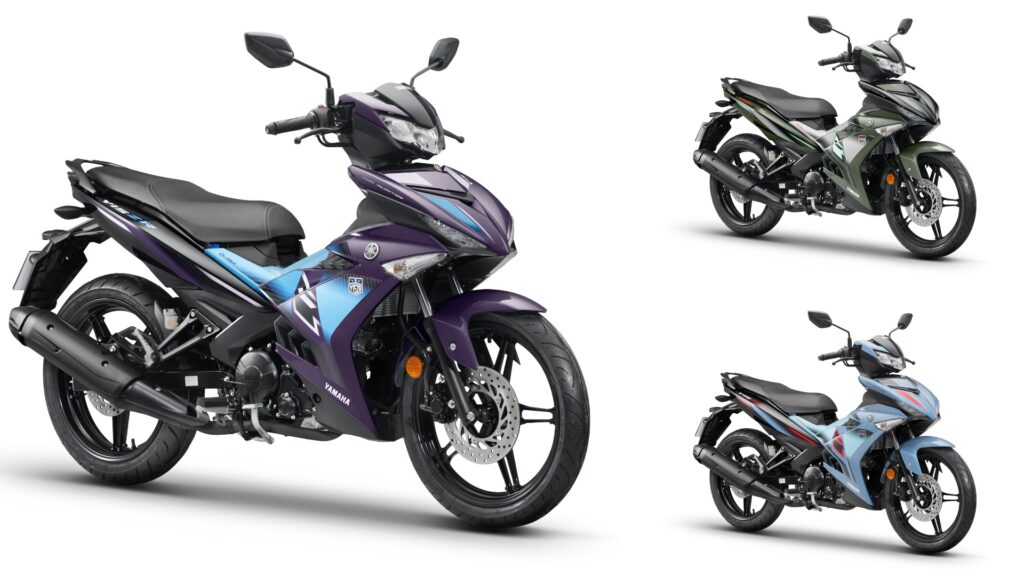A 70-year-old KTM controlled foundry has gone bankrupt.
The Austrian foundry, called Vöcklabrucker Metallgießerei Dambauer GmbH (VMG) was a family business and Pierer Beteiligungs GmbH took over 70 per cent of the business in 2022. The news outlet OÖNachrichten (OON) reported that the company had 150 employees and a turnover of €32 million at the time of the takeover.
Half of VMD’s sales was to KTM, while the other half came from other clients, including some from BMW.
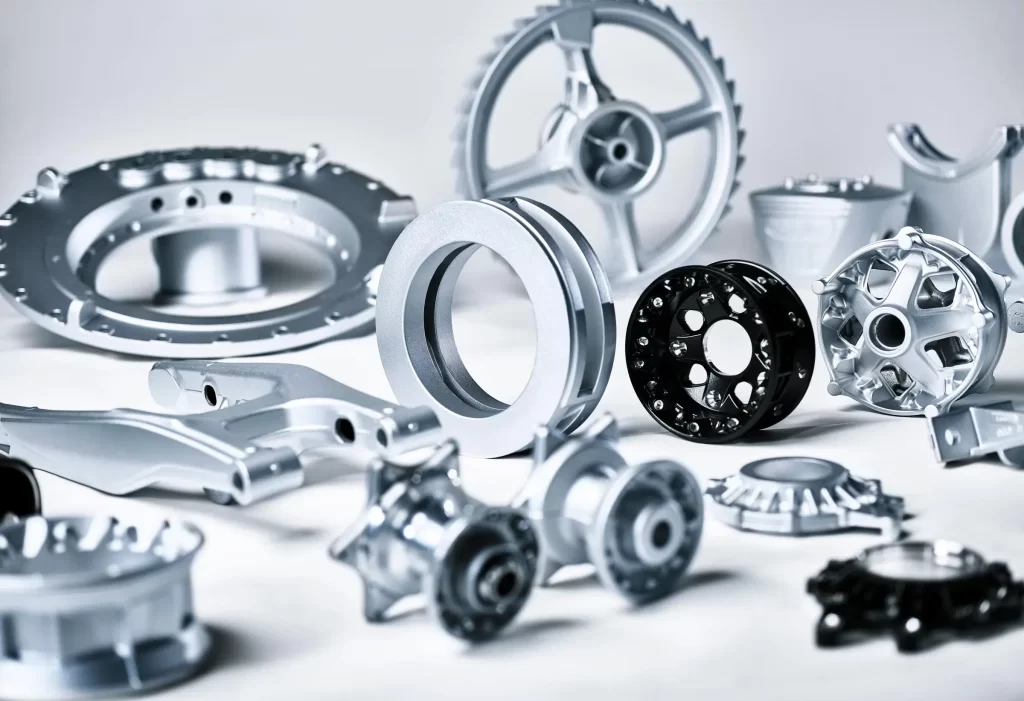
OON further reported that KTM Components AG had promised VMG’s bosses that the former will keep the foundry afloat by providing funds including for the workers’ salaries, despite KTM’s struggles.
Unfortunately that did not come to pass as there seems to be no plan to restructure the company. It is a big blow to the staff, who are reported to be still owed wages, and also for the family that built the company. VMG was slated to celebrate their 70th anniversary in 2025.
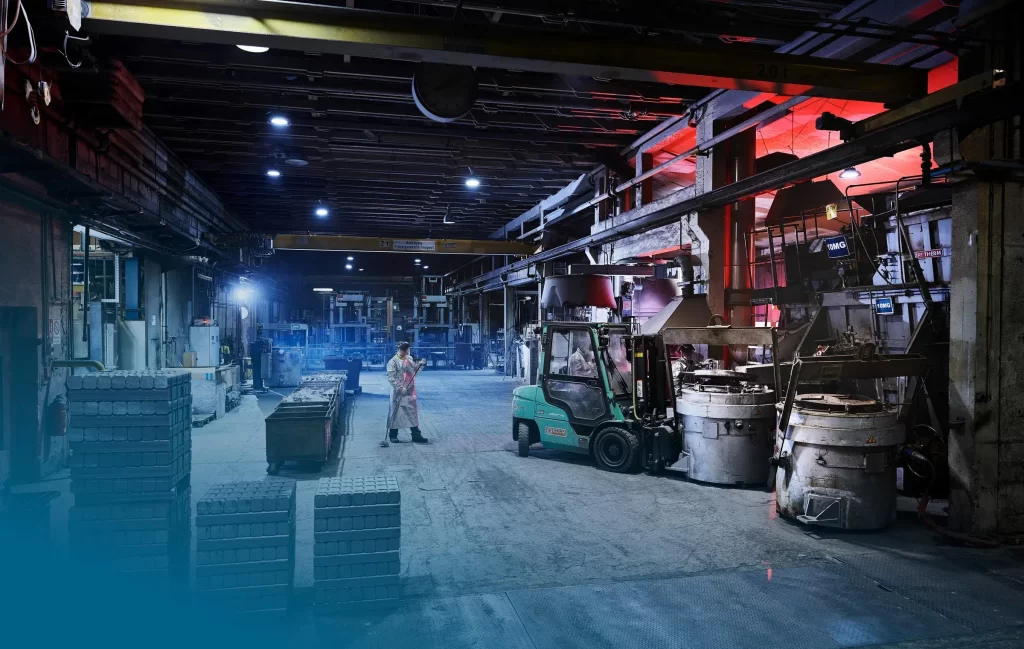
A spokesman from the creditors’ protection association KSV1870 said, “We assume that the debtor company will be closed in bankruptcy court as quickly as possible after a prior examination by the insolvency administrator and that the remaining assets will be utilized in the best possible way.”
In other words, the creditors are keen to be repaid and VMG’s assets will be sold off.
